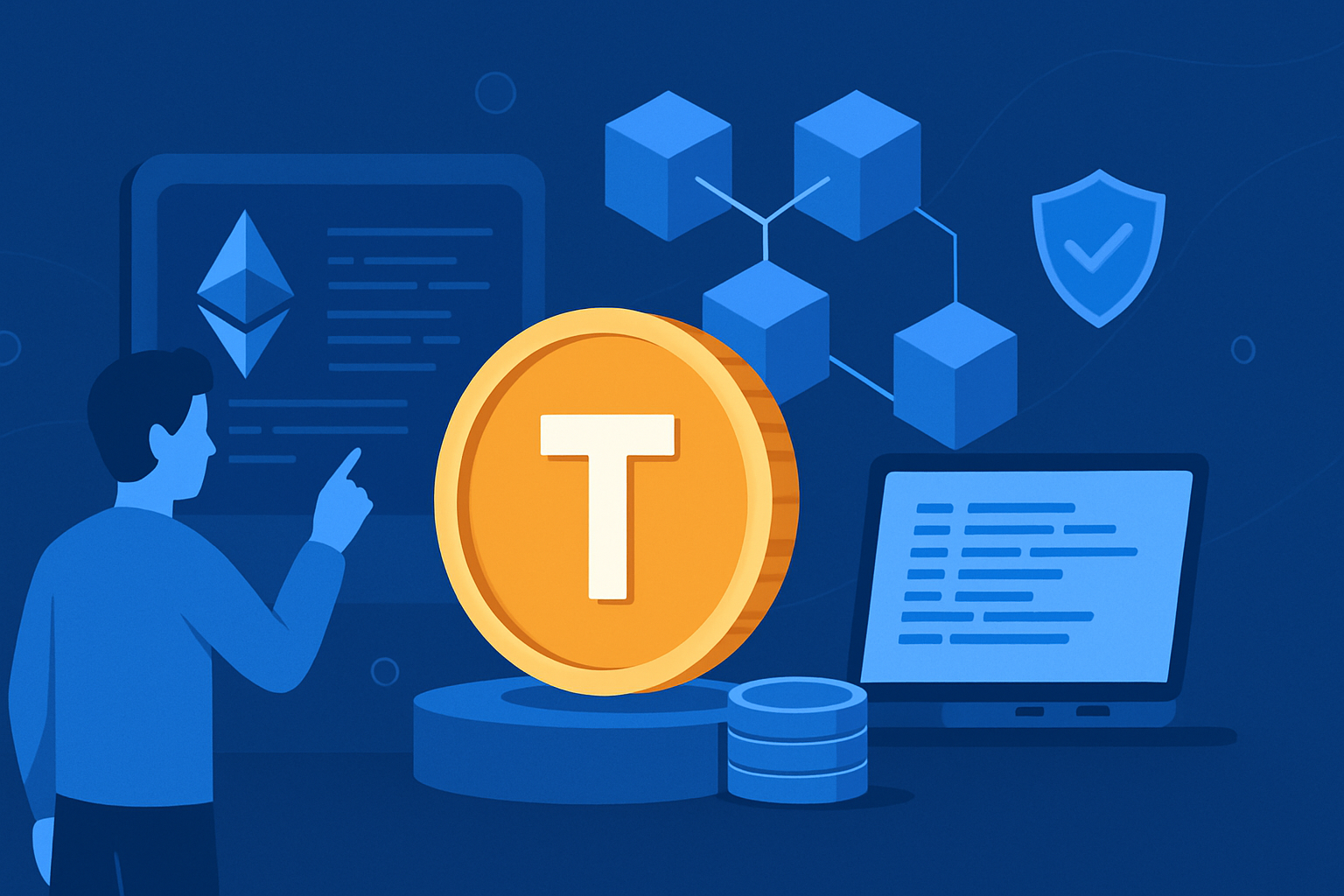
In a world where digital content is consumed at lightning speed, media and publishing companies are facing a familiar challenge: how to monetize content in an era of ad blockers, subscription fatigue, and growing demands for privacy. Traditional monetization models are under strain, and audiences increasingly expect more value and transparency. Against this backdrop, cryptocurrency is emerging as a viable, and even revolutionary, tool for content monetization.
From microtransactions and token-gated access to decentralized creator economies, cryptocurrency is reshaping how value is created, distributed, and earned in the media and publishing industries.
The Changing Landscape of Content Monetization
Media outlets and content creators have long relied on advertising, subscription models, and paywalls to generate revenue. However, these models are showing signs of fatigue. Online advertising revenue is being challenged by widespread ad blockers, growing user mistrust, and shrinking CPMs. Meanwhile, subscriptions—though effective—can alienate casual readers and limit content accessibility.
The result? Publishers are looking for alternative, more flexible monetization mechanisms. Cryptocurrency, with its decentralized nature, programmable tokens, and potential for micropayments, offers a promising path forward.
Cryptocurrency as a Tool for Direct Value Exchange
One of the key reasons publishers are adopting cryptocurrency is that it enables direct value exchange between content creators and consumers. Instead of routing payments through third-party intermediaries (like banks or payment processors), crypto allows users to send tokens instantly and globally—often at minimal cost.
This allows for frictionless microtransactions, where readers can pay a few cents in crypto to access a single article or video, rather than committing to a monthly subscription. The transaction fees are lower, and the barrier to entry is significantly reduced. It’s especially beneficial for users in emerging markets who might not have access to credit cards or stable fiat currencies.
Token-Gated Access and Premium Content Models
Media and publishing firms are also using crypto tokens to gate premium content. In this model, readers must hold or stake a specific token to gain access to exclusive articles, behind-the-scenes videos, or interactive experiences.
This approach not only incentivizes holding the publisher's native token but also creates an ecosystem where content becomes a utility tied to the value of a digital asset. For example, a digital magazine could issue its own ERC-20 token, allowing holders to access premium editions, comment sections, or exclusive interviews.
This gives the token intrinsic utility while simultaneously deepening reader engagement and loyalty. It’s a model that benefits both creators and consumers, aligning interests around shared value.
Rewarding Engagement Through Crypto Incentives
One of the most compelling applications of cryptocurrency in media is the ability to reward user behavior with tokens. Platforms can distribute tokens to readers for actions like reading articles, sharing stories on social media, commenting thoughtfully, or contributing user-generated content.
This “read-to-earn” or “engage-to-earn” model transforms passive audiences into active participants. It fosters a community of advocates and contributors, where engagement translates directly into value. Media outlets can also use tokens to reward journalists, editors, or contributors in a decentralized way, bypassing traditional payment constraints.
As crypto-native audiences grow, these incentive models will likely become more commonplace across digital publishing platforms.
NFTs and the Ownership Economy in Publishing
Non-fungible tokens (NFTs) are enabling new forms of digital ownership in publishing. From tokenizing rare interviews and digital magazine covers to creating collectible editions of books, NFTs give media creators a new revenue stream and fans a new way to collect and support their favorite content.
For instance, a journalist could publish an investigative report as a limited-edition NFT, granting holders permanent access, exclusive updates, or even voting rights on future investigations. Authors can release chapters of a novel as tokenized assets, providing early access to NFT holders and generating income before a full launch.
By creating scarcity and enabling verifiable ownership, NFTs open up a creative frontier in how stories are distributed, consumed, and valued.
Decentralized Publishing Platforms: A New Paradigm
Traditional media platforms often operate as centralized gatekeepers, deciding which content gets published, promoted, or monetized. But decentralized publishing platforms are challenging this structure using blockchain and smart contracts.
Projects like Mirror.xyz, Paragraph.xyz, and others are building decentralized content platforms where writers retain full control over their work, monetize it via crypto payments or NFTs, and distribute it across open, censorship-resistant networks.
In this model, the power shifts away from centralized platforms and back into the hands of creators. Revenues flow directly from audiences to authors, governed by smart contracts and blockchain records.
This decentralized approach aligns with the core ethos of crypto—open, permissionless, and community-driven—and provides a robust alternative to centralized ad-driven models.
Global Reach and Borderless Transactions
Another benefit of cryptocurrency in content monetization is instantaneous cross-border transactions. Traditional payment systems can be slow, expensive, and subject to regional restrictions or censorship. Crypto enables media firms to sell content to global audiences without worrying about currency conversion, banking limitations, or transaction delays.
For example, an independent content creator in India can sell a podcast episode to a listener in Brazil, receiving payment in USDC or another stablecoin within seconds. This opens up new markets and democratizes income generation for small publishers and creators operating beyond traditional financial systems.
It also removes barriers for freelancers, translators, designers, and contributors who may be based in remote regions but play a vital role in the media supply chain.
Privacy-Respecting Monetization Models
As consumers become more conscious of their data privacy, ad-based models that rely on tracking user behavior are losing favor. Cryptocurrency offers an alternative monetization pathway that doesn't require collecting user data or bombarding them with invasive ads.
Instead, readers can pay directly for content in a private, pseudonymous way. This model is particularly attractive to privacy-conscious audiences who want to support journalism without compromising their personal information.
For publishers, this builds trust and enhances user experience while reducing dependence on third-party data brokers or surveillance-based advertising networks.
Use Cases in Action: Media Companies Embracing Crypto
Several forward-thinking media outlets are already experimenting with crypto-powered models. For example:
Decrypt integrates a token-based reward system to incentivize reading and engagement.
Time Magazine has released digital magazine covers as NFTs and accepted crypto payments for subscriptions.
The New York Times explored blockchain as a way to fight misinformation and preserve the provenance of news articles.
Independent journalists and writers are also launching their own tokens or distributing NFT-based content via decentralized platforms. As the tools mature, more publishers—both large and small—are exploring how crypto can be integrated into their monetization strategies.
Challenges and Considerations
While the opportunities are vast, cryptocurrency adoption in media is not without challenges. Volatility in token prices, regulatory uncertainty, and the need for user education are all factors that must be addressed. Publishers also need secure wallet integrations, intuitive user experiences, and clear content licensing frameworks to make crypto monetization seamless and trustworthy.
That said, these obstacles are diminishing as infrastructure improves. Stablecoins help address volatility, while new tools and platforms are making it easier to onboard users and integrate blockchain technology without needing technical expertise.
The Road Ahead for Crypto in Media
As blockchain technology becomes more accessible and user-friendly, its impact on media and publishing will deepen. Crypto offers a path to sustainable, direct, and diversified revenue streams, empowering both creators and consumers.
Whether through micropayments, tokens, NFTs, or decentralized publishing platforms, cryptocurrency allows media firms to reinvent how content is monetized in a digital-first, privacy-driven world.
The future of publishing isn’t just digital—it’s programmable, borderless, and tokenized.










Write a comment ...